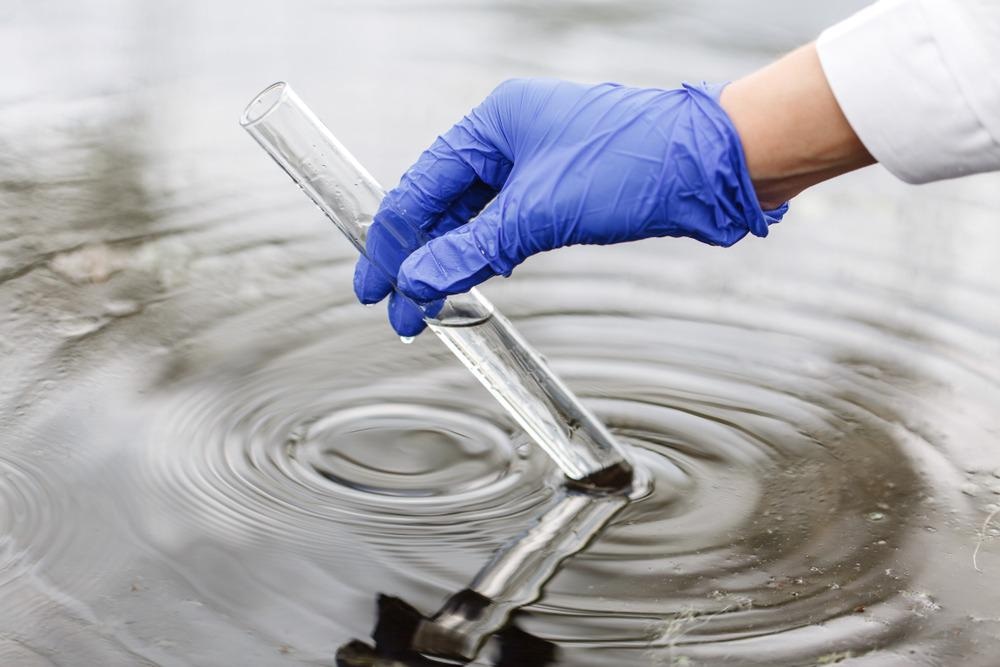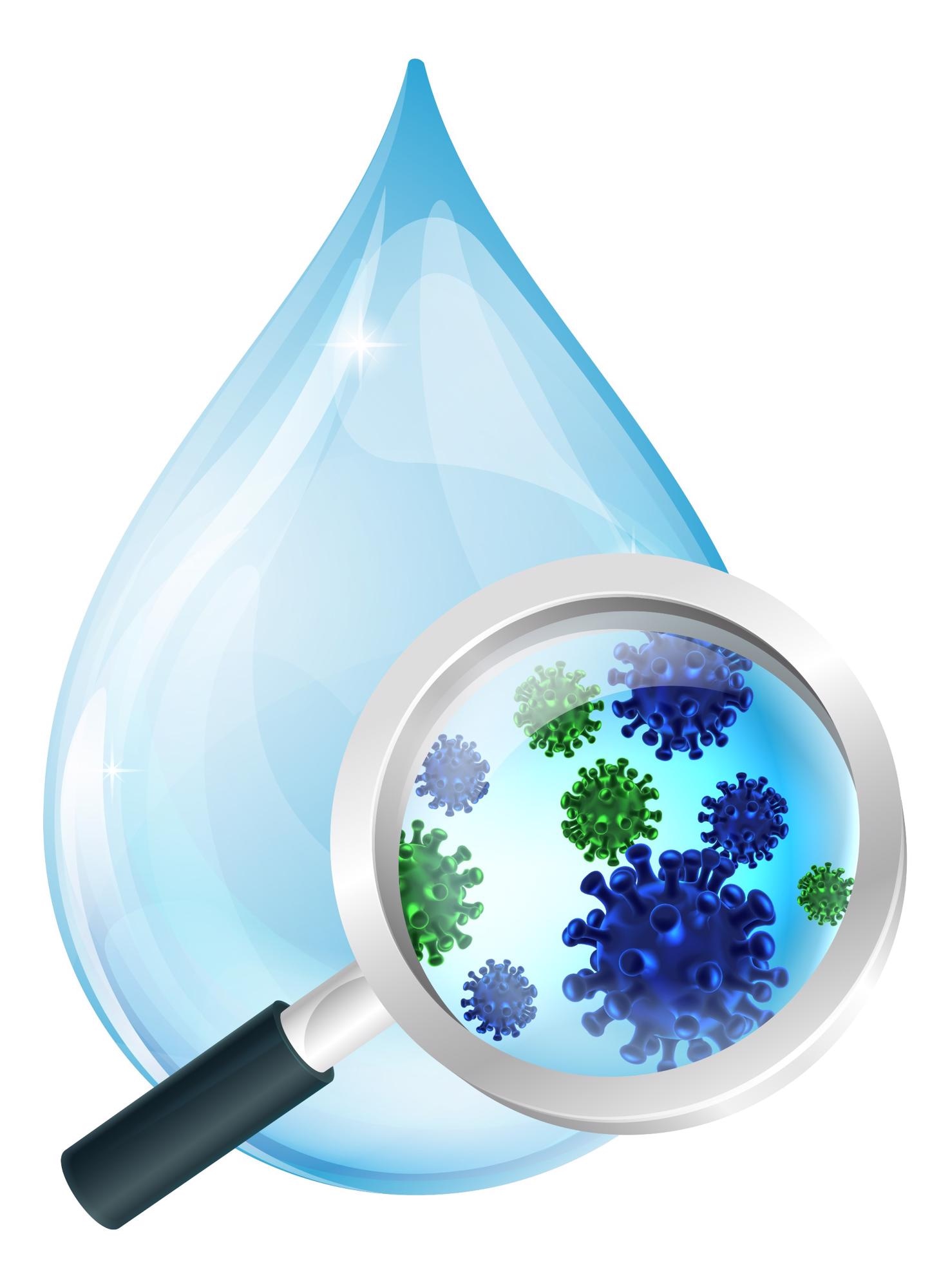Flow Cytometry in Environmental Sustainability Applications

Introduction
Continuous monitoring using flow cytometry
Flow cytometry for viral surveillance
Flow cytometry in environmental research
References
Flow cytometry is a high-throughput cell analysis method that combines optical and molecular-based detection to collect multiple data parameters simultaneously. Flow cytometers are usually large pieces of lab equipment to which samples must be brought. However, small portable microfluidics devices are also in use, allowing more limited but in situ assessment of field samples.
Monitoring the microbial population in particular environments is important to safety, and flow cytometry allows quick and detailed determination of the microbial population within a sample. For example, bacterial concentration can be determined directly in drinking water or on the walls of an air vent once prepared as a liquid sample. Plate counting methods more commonly perform microbial characterization, but the long incubation periods and skilled labor required make this prohibitive when microbe levels must be monitored continuously.

Image Credit: IVASHstudio/Shutterstock.com
Continuous monitoring using flow cytometry
Therefore, flow cytometry is utilized extensively in the food industry to monitor the microbial concentration of various precursors, ingredients, and finished products before, during, and after preparation. Yeast and bacteria have been routinely assessed in the food industry using flow cytometry since the 1980s and earlier in research to help determine the optimum safe food production and storage conditions.
The continuous monitoring of water quality regarding microorganism concentration is essential to many other non-food industries, particularly water in standing and recirculating systems where biofilms can easily form and lead to decreased efficiency in the system. Further, the presence of biofilms significantly reduces heat transfer in cooling in many types of machinery.
Various filters are employed in industry to exclude bacteria from water, but the bacterial cell membrane's variable size and flexible nature limit their effectiveness. The use of flow cytometry in such systems allows action to be taken if a spike in microorganism concentration is detected, which may suggest that a filter should be replaced or a cleaning solution should be added.
Flow cytometry for viral surveillance
While flow cytometry has enabled rapid and continuous detection of bacteria in water treatment, monitoring viral load in water, particularly waste and drinking water, has recently become a topic of greater scientific interest. Viruses are present in extremely high concentrations in wastewater, which is commonly processed to generate clean drinking water.
However, as viruses are much smaller than bacteria, they are more challenging to detect and remove. Further, the concentration of viruses in successfully treated drinking water is so low as to be well below the limit of detection by direct analysis.
A paper by Rockey et al. (2019) describes the use of flow cytometry to monitor viral load in drinking water and the specific technological advances that have allowed better detection of viruses in real-time flow cytometry. Most flow cytometry apparatus are unable to differentiate particles below 300 nm in size, which includes viruses. Thus virus-specific fluorescent dyes are frequently employed to allow detection, binding to viral DNA or some other component such as the capsid proteins. However, this proves inconvenient for real-time monitoring. The use of more powerful lasers and nanoscale flow cytometry, which can characterize particles based on their potential difference, has improved the detection limit of viruses, and flow cytometry will likely see greater use in waste and potable wastewater monitoring in the future.

Image Credit: Christos Georghiou/Shutterstock.com
Flow cytometry in environmental research
Flow cytometry's multiparametic nature allows the determination of cell concentration and assessment of cell condition, inferred from membrane integrity and potential, metabolic and respiratory activity, intracellular pH, and other indicators of interest that can be observed optically or by using fluorescent markers. Flow cytometry is a powerful tool in environmental microbiology, allowing detailed analysis of cellular populations.
For example, the presence of antibiotic-resistant genes in wild bacterial populations has been detected by flow cytometry using fluorescent tags to these DNA sequences, demonstrating that antibiotic effluence into the environment promotes adaptation. Coral embryos are also sorted and analyzed using flow cytometry with far greater efficiency than classical methods utilizing microscopes, allowing the impact of changing environmental conditions on the reef to be better determined.
References:
- Jagannadh, V. K., et al. (2015) Field-Portable Microfluidics-Based Imaging Flow Cytometer. Journal of lightwave technology, 33(16). https://ieeexplore.ieee.org/document/7059239
- Buysschaert, B., et al. (2018) Online flow cytometric monitoring of microbial water quality in a full-scale water treatment plant. NPJ clean water, 16. https://www.nature.com/articles/s41545-018-0017-7#Sec3
- Rockey, N., et al. (2019) The utility of flow cytometry for potable reuse. Current opinion in biotechnology, 57. https://www.sciencedirect.com/science/article/pii/S0958166918301447
- Comas-Riu, J. & Rius, N. (2009) Flow cytometry applications in the food industry. Industrial microbiology & biotechnology, 36(8). https://academic.oup.com/jimb/article/36/8/999/5993588?login=false
- Randall, C. J., et al. (2020) Rapid counting and spectral sorting of live coral larvae using large-particle flow cytometry. Scientific reports, 10. https://www.nature.com/articles/s41598-020-69491-0
Further Reading
- All Flow Cytometry Content
- Using Flow Cytometry in Disease Diagnosis
- Flow Cytometry and Drug Discovery
- Using Flow Cytometry in Biomarker Detection
- Flow Cytometry Methodology, Uses, and Data Analysis
Last Updated: May 20, 2022

Written by
Michael Greenwood
Michael graduated from Manchester Metropolitan University with a B.Sc. in Chemistry in 2014, where he majored in organic, inorganic, physical and analytical chemistry. He is currently completing a Ph.D. on the design and production of gold nanoparticles able to act as multimodal anticancer agents, being both drug delivery platforms and radiation dose enhancers.
Source: Read Full Article